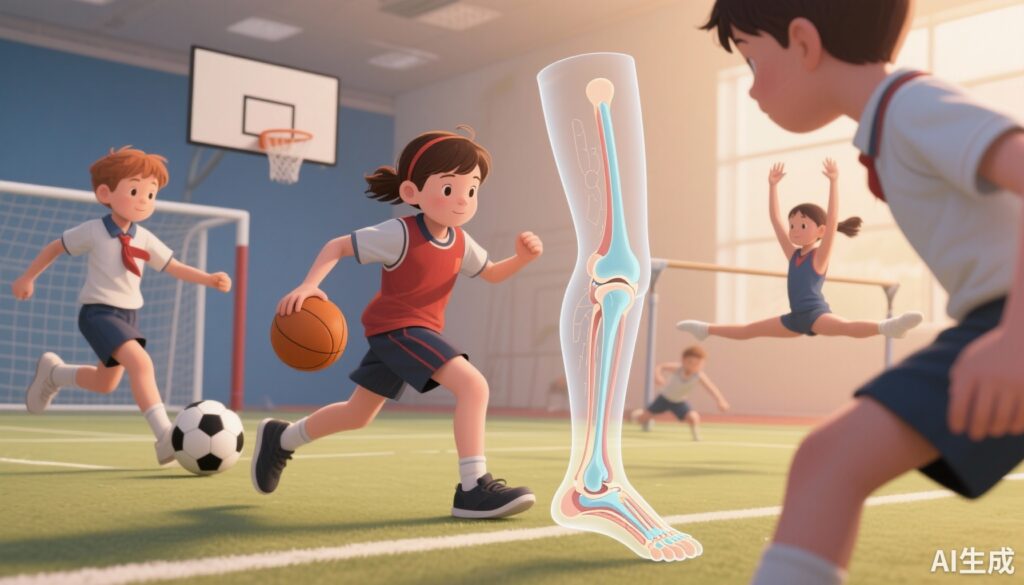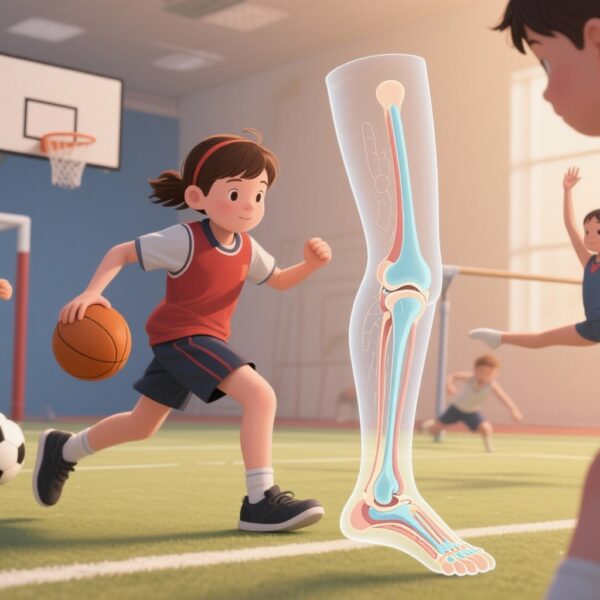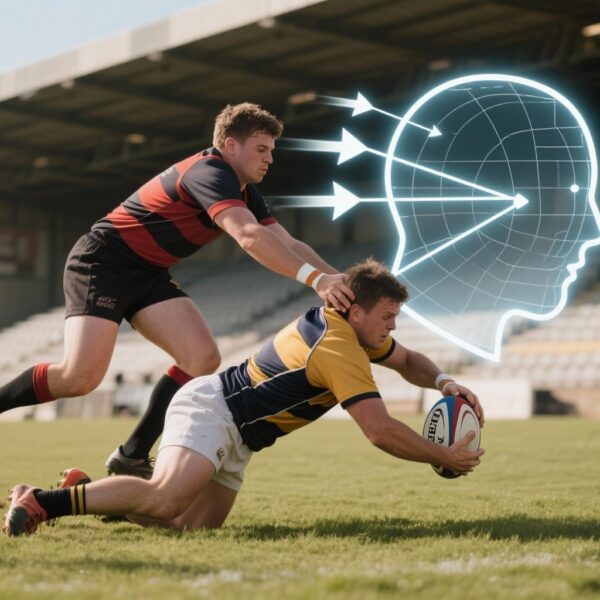Introduction
Muscle recovery following exercise-induced muscle damage (EIMD) represents a critical challenge in sports medicine, with the potential to influence athletic performance, injury prevention, and overall physical rehabilitation. Leveraging environmental stressors such as cold, heat, contrast modalities (alternating hot and cold), and hypoxia has gained prominence as therapeutic approaches for mitigating the deleterious effects of EIMD and expediting recovery. This review comprehensively examines published randomized controlled trials (RCTs) to elucidate the isolated and combined effects of these therapies on muscle recovery markers, critically evaluating their efficacy, optimal application parameters, and underlying physiological mechanisms.
Study Design and Methodology
A systematic search of PubMed, adhering to PRISMA guidelines, was performed up to March 2025 to identify RCTs that incorporated well-defined eccentric exercise protocols to induce muscle damage. Eligible studies assessed therapeutic interventions involving cold therapy (including whole-body and partial-body cryotherapy, cold water immersion, and local applications), heat therapy (systemic hot water immersion, heat chambers, local superficial and deep heating techniques), contrast therapy (primarily contrast water therapy), and hypoxia therapy (intermittent pneumatic compression and systemic hypoxia exposure). Inclusion required measurement of at least one functional marker (muscular performance or range of motion) and one inflammatory marker (muscle soreness, swelling, or blood biomarkers) with a minimum 48-hour follow-up. Methodological quality was appraised via the PEDro scale, with 58 studies included after screening.
Key Findings
Cold Therapy
Cold therapy demonstrated variable efficacy dependent on technique, temperature, and timing. Whole-body cryotherapy (WBC) and partial-body cryotherapy (PBC), characterized by brief exposure to extreme cold (−60 to −195°C), yielded the most consistent benefits, improving muscular performance (80% of studies) and reducing soreness and swelling in approximately half of the cases when applied immediately post-EIMD. Cold water immersion (CWI) efficacy was strongly temperature-dependent, with immersion at moderate cold temperatures (11–15°C) showing enhanced improvements in muscle function and inflammation relative to colder water (5–10°C), which was often associated with neutral or adverse effects. Local cold applications provided modest analgesic benefits with limited impact on swelling and functional recovery. Pre-exercise application of cold therapy did not confer benefits and may impair performance or increase injury risk.
Heat Therapy
Heat therapy was moderately effective in supporting muscle recovery, predominantly when applied systemically via hot water immersion (HWI) at 41–44°C for durations of 38–45 minutes. These parameters consistently facilitated improvements in muscular performance, range of motion, and reductions in pain and blood biomarkers of muscle damage. Timing influenced efficacy; pre-exercise heat application more effectively preserved range of motion via increased muscle extensibility and heat shock protein induction, while immediate post-EIMD application was necessary for optimal benefits in muscle function recovery. Superficial local heating yielded mixed results, with efficacy diminishing when application was delayed beyond 24 hours post-exercise. Deep local heating exhibited limited benefits, largely attributable to heterogeneous and insufficient dosing protocols.
Contrast Therapy
Limited studies focusing primarily on contrast water therapy (CWT) showed promising efficacy, especially in reducing muscle swelling (67% of studies) and enhancing muscular performance and soreness to a lesser extent (40%). Typical protocols involved alternating 1-minute immersions in cold (15°C) and hot (38°C) water for a total duration of approximately 14 minutes, repeated over consecutive days. The alternating vasomotor stimuli likely promote enhanced blood flow and metabolite clearance. However, no consensus on optimal protocols exists, and emerging modalities such as combining far-infrared therapy with cold pulsed air warrant further exploration.
Hypoxia Therapy
Hypoxia interventions, primarily involving intermittent pneumatic compression to induce localized hypoxia, showed moderate efficacy for muscle recovery when applied with pressures approximating 80% arterial occlusion (190–220 mmHg). These protocols improved muscular performance universally across studied trials and reduced soreness and swelling markers in approximately half. Both pre- and post-EIMD applications influenced specific inflammatory markers differentially but similarly enhanced muscular function. Systemic intermittent hypoxia, delivered via hypoxia-hyperoxia breathing cycles, remains investigational but has shown preliminary promise in reducing soreness and favorably modulating circulating biomarkers post-exercise.
Expert Commentary
The review underscores the criticality of application modalities—dose, timing, intensity, and frequency—in dictating therapeutic efficacy across all environmental stress-based interventions. Cold therapies appear most beneficial when avoiding excessive cooling and focusing on cryotherapy modalities, while heat therapies require sufficiently high and sustained thermal stimuli for effect. Contrast therapy benefits likely hinge on vascular dynamics, suggesting blood flow metrics as valuable endogenous responses for protocol individualization. Hypoxia therapy’s issue of optimal pressure and cycle duration is highlighted, emphasizing a need for further human studies to clarify systemic mechanisms and combine hypoxia with thermotherapies for potential synergistic effects.
Limitations include a predominance of male and untrained subjects limiting generalizability, heterogeneity in intervention parameters and outcomes assessment precluding meta-analytical effect size computation, and lack of long-term follow-up time point evaluation. Future research should aim to identify endogenous thresholds reflective of individual physiological responses to tailor dose, explore combination therapies synergistically, and extend evaluation to female and athletic populations.
Conclusion
Environmental stress-based therapies offer potential modalities for enhancing skeletal muscle recovery following exercise-induced muscle damage. Cold therapy’s efficacy is nuanced, favoring controlled cryotherapy and moderate-temperature cold water immersion applied post-exercise. Heat therapy, particularly hot water immersion at defined thermal doses applied pre- or immediately post-exercise, supports muscle function restoration. Contrast therapy presents promising results for swelling reduction and merits additional research. Hypoxia therapy via intermittent compression is emerging with encouraging findings regarding muscle performance recovery. Critical to success across these modalities is optimizing application parameters, including intensity, timing, and frequency, and individualizing therapy based on endogenous responses. This integrated approach holds promise for advancing evidence-based muscle recovery in sports medicine and rehabilitation settings.






